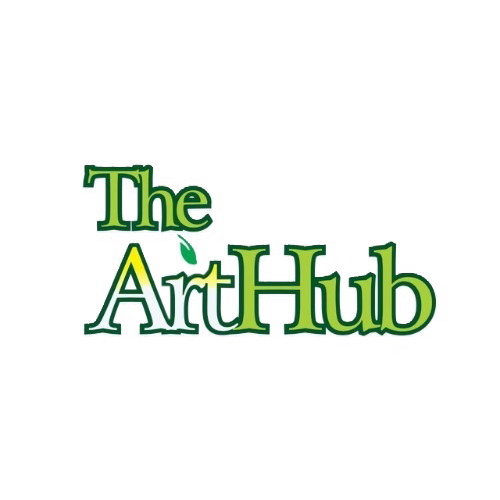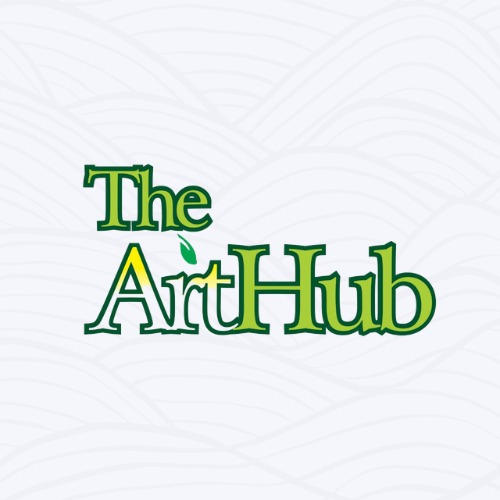Celebrating Onobrakpeya @90: Still marching on strong artistically
Bruce Onobrakpeya is an artistic enigma. His artistic genius and oeuvre span six long decades and he has shown no sign of tiring or retiring. His agile frame belies his nonagenarian status. His 90th birthday conference in his native Agbarha-Otor elicited global and copious intellectual output that further adds to his many-sided personality. OGHENEOCHUKO ARODOVWE, who was part of the organising committee, writes

AT 90, one should be tired and retired, understandably. But not so for the exceptional Professor Bruce Onobrakpeya whose life proves true the Urhobo saying that palm wine gets stronger with every new day. Onobrakpeya’s fertile mind has remained artistically creative and innovative for six decades, and still counting.
The outstanding qualities of Onobrakpeya are his humility, generosity, affability and easy-goingness. The Harmattan Workshop (organised Bruce Onobrakpeya Foundation -BOF) he set up which commenced operation in 1998 has empowered thousands of artists who have developed skills to earn a living and contribute meaningfully to society. Some of them have become facilitators themselves to others at the yearly workshop.
In a lecture given on August 8, 2022 to open this year’s Harmattan Workshop, Onobrakpeya had this to say about the effect of the workshop with regards to empowerment:
“Distinguished ladies and gentlemen, I am proud and pleased to say that the Harmattan Workshop is fulfilling a major objective of helping to discover, train and encourage talented young people in Nigeria to hone their skills and creative strengths and insights where art is not regarded as a serious and viable career choice, socio-economic preoccupation and therefore a part of our heritage worthy of the highest regard.
“It is important to mention that Agbarha-Otor indigenes unable to access formal school training in the visual art for lack of requisite qualifications or financial resource enjoy BOF full scholarships at each workshop session. The largesse is also extended to financially-challenged students of higher institutions who are given non-fee-paying volunteer positions at the workshops.
“After attending the workshop, these youths gain confidence in their abilities and the socio-cultural importance of the visual arts and craft. They are able to express themselves, take advantage of the potential in their environments, thereby change the wrong narrative of the value of creative arts in general. Even older people who do not attend the workshop per se are then able to appreciate and respect artists, ultimately, promote art as a socio-cultural imperative.
“Apart from becoming gainfully employed, these workshop graduates help to revive traditional culture, including festivals which have suffered some decline such that society as a whole benefits.
“Some of the graduates using the workshop as a spring board, gain valuable experience to set up their own practices where they, in turn, train others. And so the cycle continues.
“I have heard it suggested that this may indeed be useful in helping to stem such social problems as rural-urban drift and unemployment. “We employ quite a number of such youths, now and again, as instructors to mentor others of their kind, to help disseminate the knowledge they garnered from earlier sessions.
“I am proud to mention Afuevu Onakufe, Benjamin Akemor and Patrick Akpojoto, all in the leather section, and Lilian Ikogho in fibre weaving. I also like to mention Festus Aregbor as part of the success story. He is an indigene of Agbarha-Otor. Through his attendance of the end of session drama sketches, he gained inspiration to set up a performance group which has not only become very popular locally, but also enjoys wide acceptance and broadcast in the social media.”
Professor Onobrakpeya is quintessentially Urhobo in deed and in truth. Over 80 per cent of his art works bear titles in Urhobo language. He said it is both deliberate and inescapable that he does so. Deliberate because he sees it as a way of promoting and preserving the language, showing that the language has capacity to accommodate scientific registers; necessary and imperative because no foreign language can capture holistically the philosophic and aesthetic profundity of the works as he imagines them except in the language of the culture from which these ideas spring.
Onobrakpeya’s humility and simplicity is most observed in the way he interacts with the young scholars-in-training at the workshop. He shares the dining table with them at the cafeteria during meals. He has no special food nor is he served on a special plate. You would often hear him asking anyone around, ‘wo rie mu re?’ (Have you eaten?), and so on. And when it’s work time, he goes in with his students, working, and sharing ideas with them.
The BOF founder is a friend to all – the low and mighty, downtrodden and the highly placed. He does not discriminate. He is, in the words of the Apostle, all things to all men.
This is what Professor Gordini G. Darah had to say of him during the ceremony of his 90th birthday celebration:
“Professor Bruce Onobrakpeya is the most eminent African visual artist and one of the greatest in the entire world. For 60 years, the genius of his creativity has edified and fascinated all continents of Planet Earth. Onobrakpeya is a globally acclaimed master-artist, iconic inventor, teacher, mentor and egalitarian humanist.”
It is no surprise therefore that on the auspicious occasion of his 90th birthday, friends, colleagues, well wishers, mentees, children (biological and professional) gathered at Agbarha-Otor to celebrate the induction of the youngest nonagenarian to that elite club.
The list of dignitaries was long and intimidating: HRM Matthew Ediri Egbi, Okobaro of Ughievwen, Chairman of the occasion Olorogun (Prof.) Sam Egite Oyovwaire; former President, Nigerian Stock Exchange, Mr. and Mrs Goodie Ibru; President, Michael and Cecilia Ibru University (MCIU) Dr. (Mrs.) Cecilia Ibru; Professor Malachy Akoroda, Professor Samuel W.E. Ibodje, Olorogun Edoreh Agbah, and others too numerous to mention.
There was a harvests of eulogies for the nonagenarian from the guests who spoke much about the impact Onobrakpeya has made on humanity. They were satisfactorily entertained to Udje dance songs, Ikenike (stilt) dancers, Ughievwen bridal pageant display and several others.
Ibru generously donated her university facility for the academic session of the event. Keynote speeches from Emeritus Professor dele jegede of Miami University, Ohio, U.S., and Professor Perkins Wilson Foss of Penn State University, U.S. were followed by those of Professors Osa Egonwa, J.T. Agberia, Nelson Edewor, Ese Odokuma Aboderin, Philo Ofuafo, who are all experts and commentators on different aspects of Onobrakpeya’s works.

THE parallel presentation saw 27 papers presented by scholars from all over Nigeria on Onobrakpeya’s work. Notable among them were those of Darah who titled his “Afrocentric Perspectives on Urhobo Philosophical and Aesthetic Principles in Selected Works of Onobrakpeya”, Mark Omorone Ikeke’s “Black Madonna, Christian Artworks and Onobrakpeya’s Black Christ: Convergences, Afro-Christian Colour Symbolism and Implications for Urhoboland and Beyond”, Akpobome Diffre-Odiete’s “The Documentation and Globalisation of Endangered Material Culture of Urhobo in Onobrakpeya’s Works”, Tada Jenewari’s “The Harmattan Workshop as a Resource Center for Skill Acquisition in the Visual Arts”, and Enifome Tejuoso’s ” Art and Environment in Selected Works of Bruce Onobrakpeya”, etc.
Organising Committee Chairman, Darah was full of praise and commendation for patriotic Urhobo sons and daughters who, despite the very short notice, rallied to ensure the event was successful through donations and by their presence at Agbarha-Otor to celebrate the nonagenarian.
There was no one at that event that was not amazed both at the impressive art products on display at the gallery in Agbarha-Otor that day, and the agility, energy and fitness of the celebrant at 90. Professor dele jegede of Miami University, in his speech, jokingly said he would advise INEC to order a recount of Papa’s age, to be doubly sure he is already 90, as his unbelievable fitness leaves all scientific and medical theories of aging in abeyance.
As Papa marches on in his calling to use the visual arts to positively affect and transform society, we wish him more energy, greater grace, divine blessings, sound health, and long life.
* Arodovwe was a member of the Organising Committee of the Conference on Bruce Onobrakpeya @90

